The Indian automobile industry is trying to revive itself after a disastrous 2020 when most manufacturers saw near-zero sales during the lockdown period. The government has promised quite a few packages to boost the economy. However, the automobile industry seems to have been given short shrift in so far as an economic package is concerned. There is no reduction in the taxes on cars; indeed, the industry has been forced to face tougher challenges such as the ever-rising cost of petrol and diesel.
The high cost of diesel increases the cost of raw material as well as finished goods due to the rise in freight charges. To put things in perspective, when the cost of crude oil was over USD 120 per barrel, we were paying Rs 65 for a litre of petrol. Now, when the cost of crude oil has come down by half to USD 60 per barrel, we are paying Rs 98 per litre.
In order to boost their sales, manufacturers are launching new cars and SUVs. Last month we drove one new SUV and one sedan in Goa. The compact SUV, Renault Kiger, is built well and has also been priced attractively. The second car was the entry-level sedan from Mercedes: the all-new A-Class. You can read first drive reports of both these cars in this issue.
The most frequently asked question is about how we judge the car of the year. It is very simple. We compare the concerned car or SUV against those already in the segment and see if and how it raises the bar in that segment as well its relevance to the Indian buyer in terms of value for money. It is not about comparing newly launched cars and SUVs with one another. One cannot compare an entry-level hatchback with an executive sedan.
EDITOR – ASPI BHATHENA






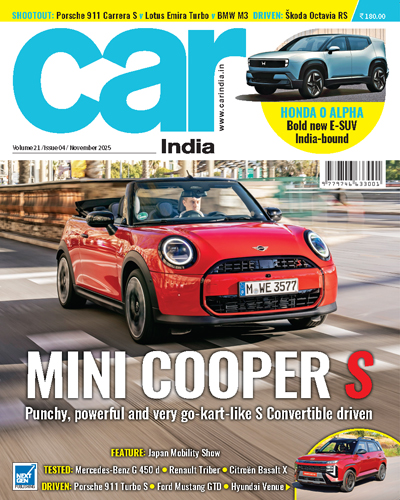
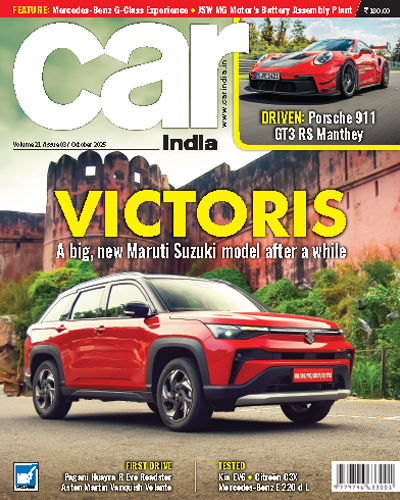
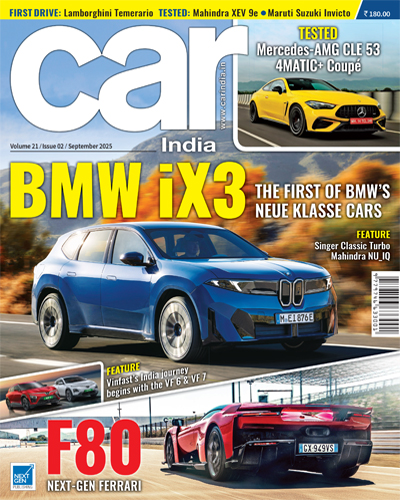
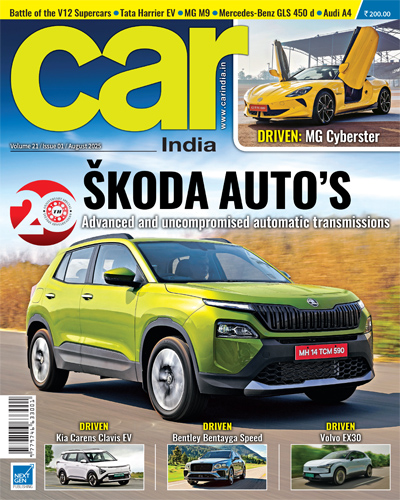
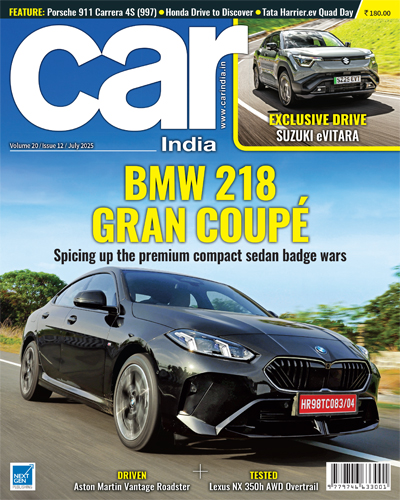
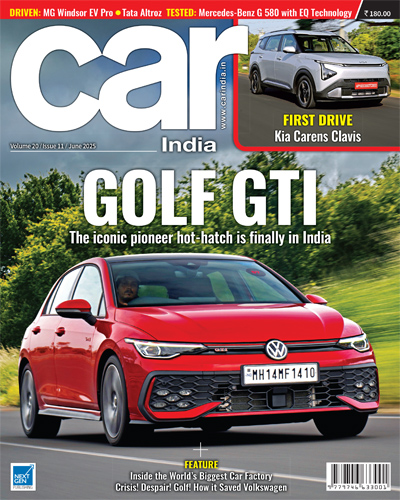
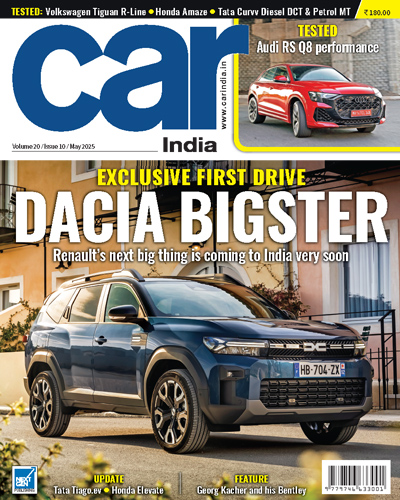
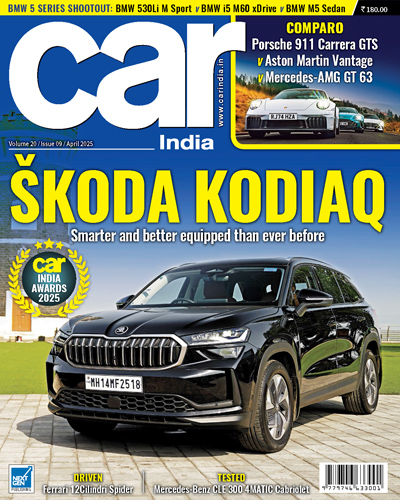






Leave a Reply